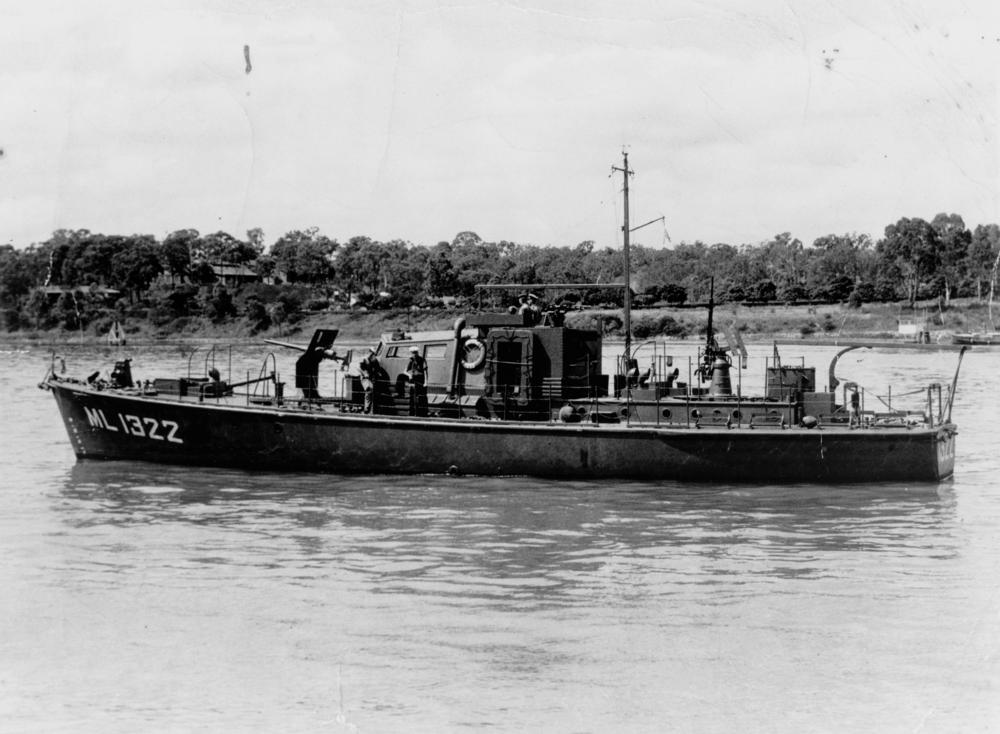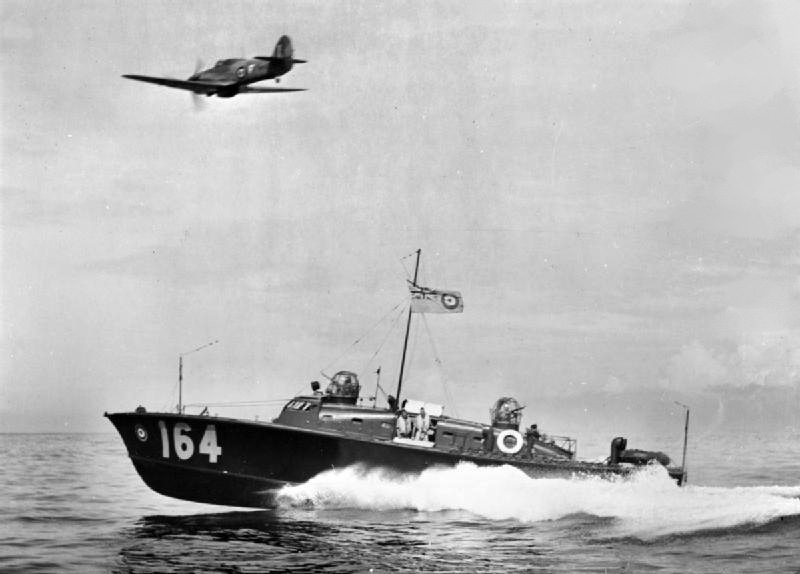The idea of the Germans sending the remains of their small surface fleet against an invasion of France is admittedly far-fetched at the first glance, but when given over to closer examination is admittedly a reasonably plausible idea for the Nazis to think up (Very ambitious, suicidal and wasteful!)
The simple idea would be, when the main invasion forces land, send any available ships, from battleships to destroyers down to the French coast to hack through resistance from any screening forces and attack resupply ships, hopefully damaging the supply train of the Allies enough so that the heer can crush the beachheads.
While the chances of such a sortie being successful are very low, due to how outmatched German naval forces were in 1944, and the fact that the air cover provided by the Luftwaffe would be outnumbered by the RAF and USAAF and the ships would be vulnerable to air attack.
The Germans could deploy a reasonable number of ships, depending on the POD. If the order is issued after the sinking of Scharnhorst in late 1943, even then the Germans could muster at least one Admiral Hipper class cruiser, possibly two if Admiral Hipper herself could be repaired in time. The Germans also have the two surviving 'pocket battleships' and the four surviving light cruisers. I haven't researched destroyers, but I expect the Germans could find some to screen the fleet.
I expect the sortie would end either in or slightly east of the straits of Dover, when the fleet is either destroyed by a superior naval force, attacked by torpedo bombers or dive bombers or a combination of the two.
Another problem is that the Germans would likely be unwilling to commit their grand fleet against a mere decoy invasion force, and by the time the Germans realise that Normandy invasion is the only invasion (When did they realise this OTL?), the fleets task goes from hopeless to impossible. Wherever or not the fleet would still sortie, is another question.
TLDR: Kriegsmarine attempts Leyte Gulf style sortie on Allied invasion fleet.
So, how likely is it that Germany would attempt this kind of plan?
How much of an abject failure would it be?
What effects would it have on the rest of the war?
The simple idea would be, when the main invasion forces land, send any available ships, from battleships to destroyers down to the French coast to hack through resistance from any screening forces and attack resupply ships, hopefully damaging the supply train of the Allies enough so that the heer can crush the beachheads.
While the chances of such a sortie being successful are very low, due to how outmatched German naval forces were in 1944, and the fact that the air cover provided by the Luftwaffe would be outnumbered by the RAF and USAAF and the ships would be vulnerable to air attack.
The Germans could deploy a reasonable number of ships, depending on the POD. If the order is issued after the sinking of Scharnhorst in late 1943, even then the Germans could muster at least one Admiral Hipper class cruiser, possibly two if Admiral Hipper herself could be repaired in time. The Germans also have the two surviving 'pocket battleships' and the four surviving light cruisers. I haven't researched destroyers, but I expect the Germans could find some to screen the fleet.
I expect the sortie would end either in or slightly east of the straits of Dover, when the fleet is either destroyed by a superior naval force, attacked by torpedo bombers or dive bombers or a combination of the two.
Another problem is that the Germans would likely be unwilling to commit their grand fleet against a mere decoy invasion force, and by the time the Germans realise that Normandy invasion is the only invasion (When did they realise this OTL?), the fleets task goes from hopeless to impossible. Wherever or not the fleet would still sortie, is another question.
TLDR: Kriegsmarine attempts Leyte Gulf style sortie on Allied invasion fleet.
So, how likely is it that Germany would attempt this kind of plan?
How much of an abject failure would it be?
What effects would it have on the rest of the war?

